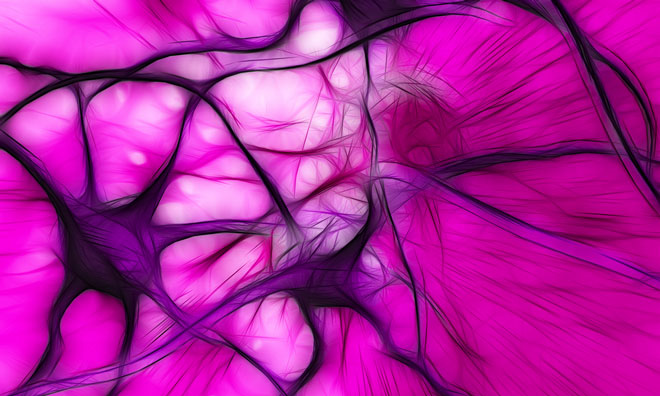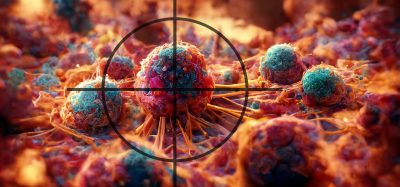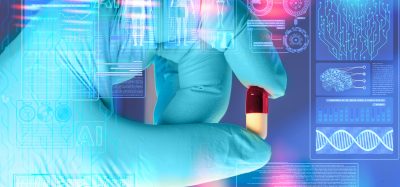How breast cancer cells take advantage of the extracellular matrix
Posted: 17 January 2024 | Drug Target Review | No comments yet
Researchers discover a key metabolic process that cancer cells use to grow in a nutrient deprived environment, which could be a new target.


Scientists from the University of Sheffield have discovered a mechanism of breast cancer cell survival, which could provide a new target for therapy development.
Cells in the breast, including tumour cells, are embedded in the extracellular matrix (ECM). Due to the limited blood flow, nutrients are scarce in the ECM and become even scarcer as tumour cells grow. The study’s lead researcher Dr Elena Rainero, from the University of Sheffield’s School of Biosciences, and her team, investigated how tumours continue to grow despite this lack of nutrients.
Dr Rainero said: “This study identified a novel mechanism employed by breast cancer cells to survive in the challenging environment they are in within tumours.”
She continued: “As sources of food are scarce, cancer cells gain the ability to eat and digest components of the matrix around them. We have identified a key metabolic process that the cells need to be able to take advantage of the matrix, which could represent a novel therapeutic target.”
The team seeded breast adenocarcinoma cells into collagen, a key component of the ECM, a commercial matrix preparation, or onto plastic, with or without certain essential amino acids. The cells on plastic fared poorly without the amino acids compared to those in either matrix. Similar results were seen with other matrix models: the tumour cells were able to overcome the reduction of amino acids when surrounded by matrix.
The researchers then fluorescently labelled the collagen and observed its movement through the cell. This demonstrated that the cells took up ECM and broke it down in lysosomes. When the ECM was chemically treated to cross-link its components, the cells were unable to ingest it.
Further investigation indicated that uptake was through macropinocytosis, in which the cell engulfs large quantities of extracellular material. Analysis of their metabolome showed that procurement and breakdown of tyrosine and phenylalanine led the metabolic changes in response to starvation. The scientists documented that these two amino acids can serve as the raw material for energy production through the mitochondrial tricarboxylic acid (Krebs) cycle.
Also, cell growth was drastically impaired when High Pressure Decorative Laminate (HPDL), a central enzyme in the pathway from phenylalanine to the TCA, was removed. Blocking or reducing expression of HPDL, or the macropinocytosis promoter PAK1, lessened the tumour cells’ ability to migrate and invade surrounding tissue.
Dr Rainero concluded: “Our results indicate that breast cancer cells take advantage of nutrients in the extracellular matrix in times of nutrient starvation, and that this process depends on both macropinocytosis and metabolic conversion of key amino acids to energy-releasing substrates.”
“HPDL-mediated metabolism of tyrosine and phenylalanine could represent a metabolic vulnerability of cancer cells thriving in a nutrient deprived microenvironment.”
This study was published in PLOS Biology.
Related topics
Amino Acids, Cancer research, Drug Targets, Enzymes
Related conditions
Breast cancer, Cancer Research
Related organisations
Sheffield University
Related people
Dr Elena Rainero (University of Sheffield)








